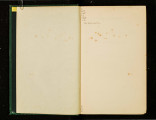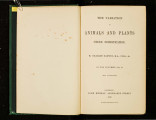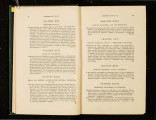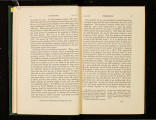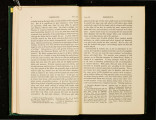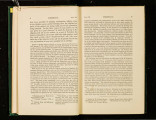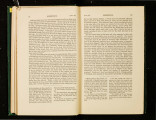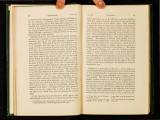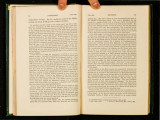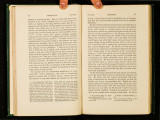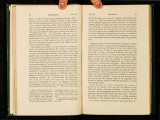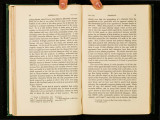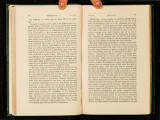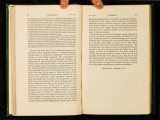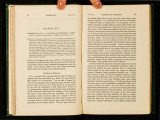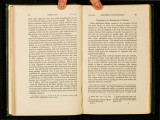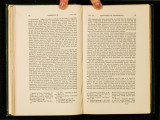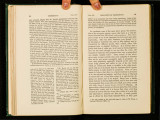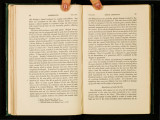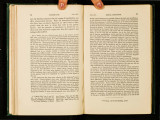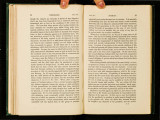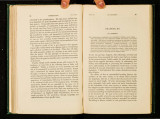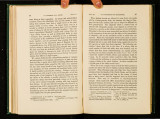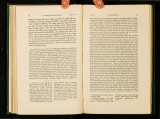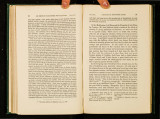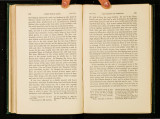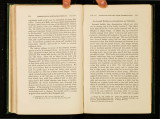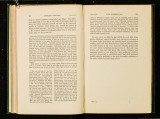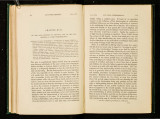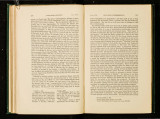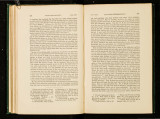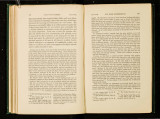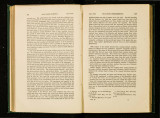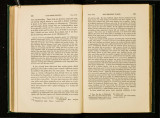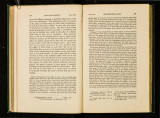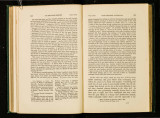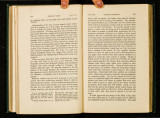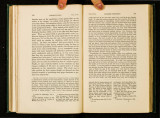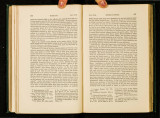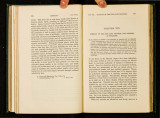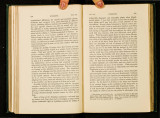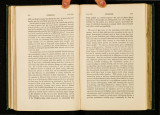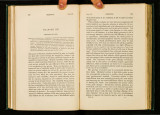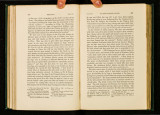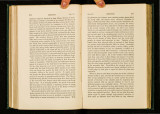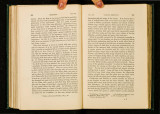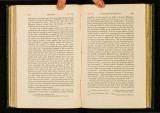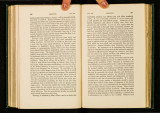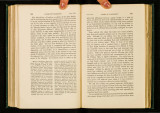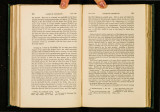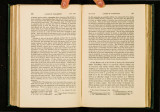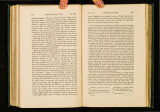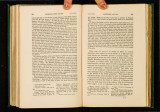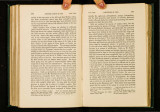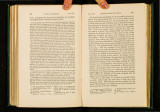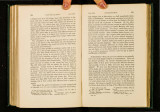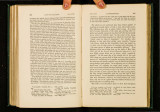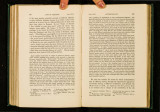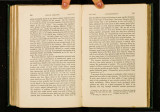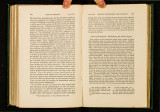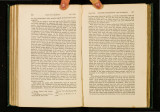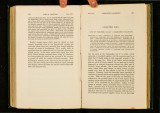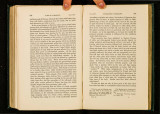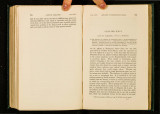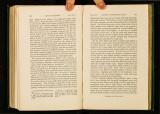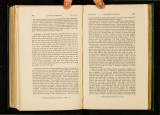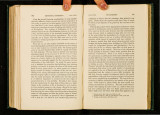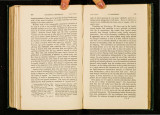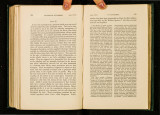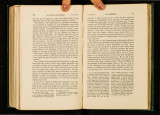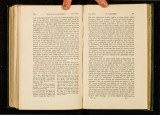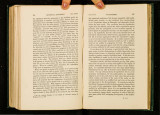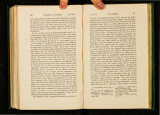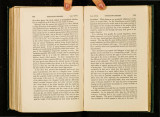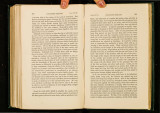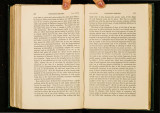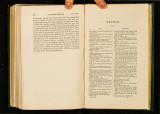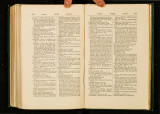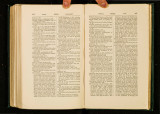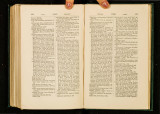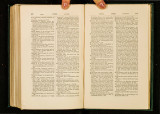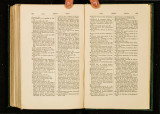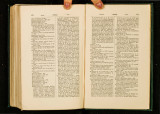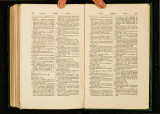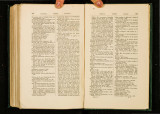| OCR Text |
Show 204 SELECTION CHAP. XX. might have time to breed. In ~pain Cardinal Xi~en~s i~su~~' in 1509, regulations on the selectwn of good rams fOI b~cedi?g. The Emperor Akbar Khan before the year 1600 IS. smcl to have "wonderfully improved" his pigeons by crossmg the breeds · and this ~ecessarily implies careful selection. About the sa~e period the Dutch attended ;vith the greatest care to the breeding of these birds. Belon m 1555 s~ys th~t go~d manao·ers in France examined the colour of thmr goslmgs m order~o get geese of a white colour and better kinds. Markh.am in 1631 tells the breeder "to elect the largest and goodhest conies " and enters into minute details. Even with respect to se:ds of plants for the flower-garden, Sir J. Hanmer writ.in_? about the year 1660 46 says, in "choosing se.cd, the best se~d 1s the most weighty, and is had from the lustiest and most vigorous stems;" and he then gives rules about leaving only a few flowers on plants for seed; so that even such details were attended to in our flower-gardens two hundred years ago. In order to show that selection has been silently carried on in places where it would not have been expected, I may add that in the middle of the last centmy, in a remote part of North America, Mr. Cooper improved by careful selection all his vegetables, "so that they were greatly superior to those of any " other person. When his radishes, for instance, are fit for use, " he takes ten or twelve that he most approves, and plants "them at least 100 yards from others that blossom at the same " time. In the same manner he treats all his other plants, " varying the circumstances according to their nature." 47 In the great work on China published in the last century by the Jesuits, and which is chiefly compiled from ancient Chinese encyclopredias, it is said that with sheep "improving the breed "consists in choosing with particular care the lambs which are " destined for propagation, in nourishing them well, and in " keeping the flocks separate." The same principles were applied by the Chinese to various plants and fruit-trees.48 An 45 :M. l" Abbe Carlier, in 'J oumal de Physique,' vol. xxiv., 1784, p. 181 : this memoir contains much information on the ancient selection of sheep ; and is my authority for rams not being killed young in England. 46 'Gardener's Chronicle,' 1843, p. 389. 47 Communica.tions to Board of Agriculture, quoted in Dr. Darwin's 'Ph.ytologia,' 1800, p. 451. 48 ' Mcmoirc sur les Chinois,' 1786, tom. xi. p. 55; tom. v. p. 507. CHAP. XX. BY SEMI-CIVILISED PEOPLE. 205 imperial edict recommends the choice of seed of remarkable size; and selection was practised even by imperial hands, for it is said that the Ya-mi, or imperial rice, was noticed at an ancient period in a field by the Emperor Khang-hi, was saved and cultivated in his garden, and has since become valuable from being the only kind which wiH grow north of the Great Wall.49 Even with flowers, the tree preony (P. moutan) has been cultivated, according to Chinese traditions, for 1400 years ; between 200 and 300 varieties have been raised, which are cherished like tulips formerly were by the Dutch.50 Turning now to semi-civilised people and to savages: it oecurred to me, from what I had seen of several parts of South America, where fences do not exist, and where the animals are of little value, that there would be absolutely no care in breeding or selecting them ; and this to a large extent is true. Roulin/"1 however, describes in Colombia a naked race of cattle, which are not allowed to increase, on account of their delicate constitution. According to Azara 52 horses are often born in Paraguay with curly hair; but, as the natives do not like them, they are destroyed. On the other hand, Azara states that a hornless bull, born in 1770, was preserved and propagated its race. I was informed of the existence in Banda Oriental of a breed with reversed hair; and the extraordinary niata cattle first appeared and have since been kept distinct in La Plata. Hence certain conspicuous variations have been preserved, and others have been habitually destroyed, in these countries, which are so little favourable for careful selection. vVe have also seen that the inhabitants sometimes introduce cattle on their estates to prevent the evil effects of close interbreeding. On the other hand, I have heard on reliable authority that the Gauchos of the Pampas never take any pains in selecting the best bulls or stallions for breeding; and this probably accounts for the cattle and horses being remarkably uniform in character throughout the immense range of the .Argentine republic. Looking to the Old World, in the Sahara Desert "The "Touareg is as careful in the selection of his breeding Mahari 49 ' Recherches sur l' Agriculture des Cbinois,' par L. D'Hervey-Saint-Denys, 1850, p. 229. With respect to Khang-hi, see Hue's 'Chinese Empire,' p. 311. 50 Anderson, in ' Linn. Transact., • vol. xii. p. 253. st • Mem. de l'Acad.' (divers savans), tom. vi., 1835, p. 333. 52 'Des Quadrupedes du Paraguay,' 1801, tom. ii. p. 333, 371. |




